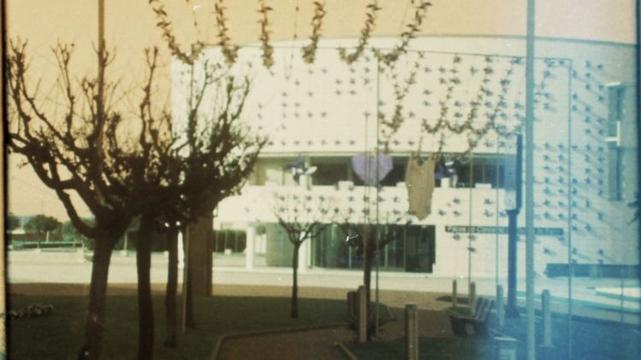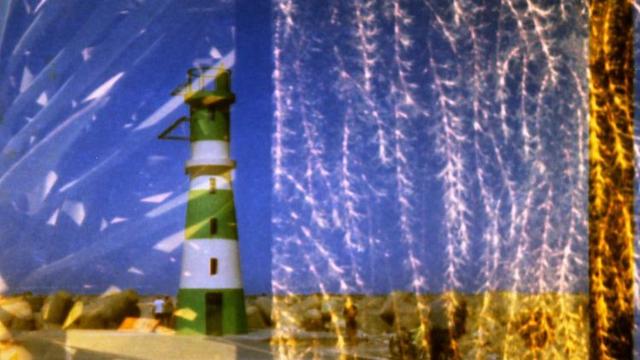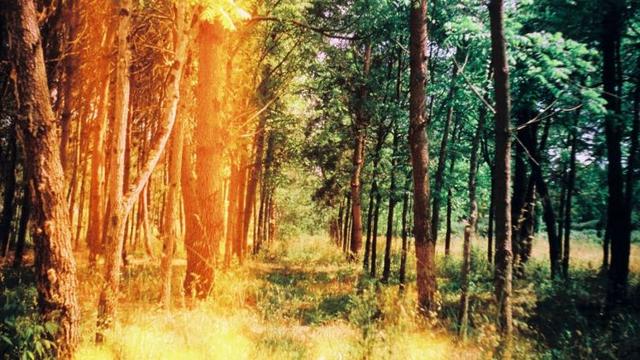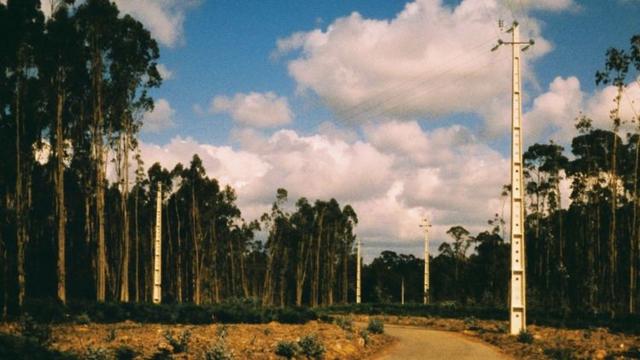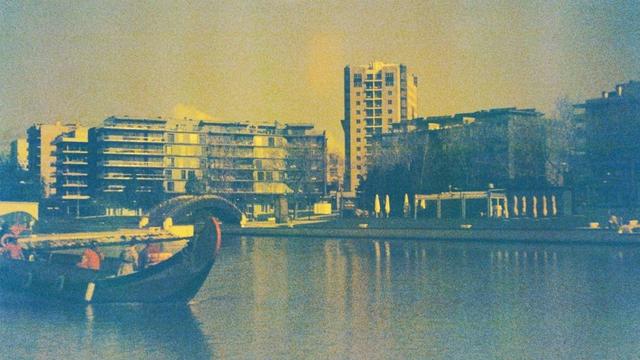Filling The Gaps: The Bencini Comet Rapid Half-frame Camera
Back in the early 1960s, in response to Kodak’s introduction of its instamatic film system, the European film and camera company Agfa launched the Rapid system. Actually, it’s more accurate to say that they reintroduced their 1940s Karat film system under a new name. Instead of a sealed plastic cassette, the Agfa Rapid system used metal canisters, which contained a length of 35mm film. Inside the camera, the film would be fed from a full canister to an empty one. When exposed, the now filled canister was sent to the lab for development and the once full canister became the empty one for the next film.
When Agfa launched its Rapid film system, it produced dedicated cameras, but it also shared the Rapid format technology with other European and Japanese camera manufacturers as well. So, you can find Rapid cameras from Agfa, Canon, Ferrania, Hanimex, Mamiya, Minolta, Olympus, Ricoh, Voigtländer, and Yashica, among others. Bencini was an Italian manufacturer who produced cameras in various incarnations between the 1930s and the late 1980s. The Comet range, made from the 1940s until the 1970s, from what I gather, included 127, 120 and 35mm camera, so I guess that it was inevitable that one of these would include the Rapid format.
The Bencini Comet Rapid was produced from about 1965 to the early 1970s. It’s a half-frame camera, with a frame size of 18x24mm, and it uses 35 mm film in Rapid canisters. Since the film is physically pushed from a full canister to an empty one, there is no rewind feature, just a thumbwheel on the back. The eyepiece took me a while to find, it’s just a tiny hole on the back of the camera. In contrast, the viewfinder on the front is a large gold tinted window very much like the viewfinder on my other Bencini half-frame camera, the Koroll 2.
I came across this model on that popular auction site during a random search for Rapid cameras. There were a few available in Europe, and prices were not that bad. I found one interesting item in Italy, so this is probably the furthest this Comet has travelled since its manufacture, and it was described as: ‘Vintage camera with case. Good condition, some signs of aging. Untested.’ I was a little put off by the ‘untested’ bit, but what really convinced me to go for it was a photograph of the open back of the camera; there was still a film in there. Perhaps it was because the camera had been stored loaded for a long time (I reckon decades) but the canisters were really hard to extract from the camera. I wasted one frame checking that the shutter was firing, but then prised the canisters out of the camera without moving the film too much.
I reloaded the canisters back into the Golden Wonder, the Welta Penti II half-frame Rapid camera, and exposed the rest of the frames at ISO 25. The counter on the top of the camera suggested that eight frames had been exposed, so I reckoned that there should be enough film for 10—15 half-frame images from this film, and I think I got eleven. Sadly, when I got to the end of the roll, it turned out it was Agfa CN S film. Made between 1965—72, Agfa CN S was a colour film that used the C22 process, and not C41. I can’t get it developed in C41 chemistry, because at 38°C the emulsion will fall off, so for the time being, the film is being stored in a 35mm cassette until I decide what to do with it.
The controls on the Bencini Comet Rapid are all on the front. On the top of the camera is a frame counter, and on the rear just the thumbwheel to wind on the film. To the right of the lens is the shutter speed dial. There are just two options: 1/30s for flash sync (with a little lightning symbol next to it), or 1/100s with a sun symbol. On the top of the lens housing is the aperture dial, between f8 and f22, which is changed by turning the lens housing. The Bencini Comet Rapid even has distance focusing, with a tiny ring on the front of the camera.
The camera was pretty dirty, so I spent a good hour with the air blower, lens cleaner, and wipes cleaning it up. One thing I was delighted to achieve was removing a nasty brown crud from around the lens, so now the text, ‘Bencini Milano, Made In Italy’ stands out beautifully against a white background. To the naked eye, the lens looks clean now. I’m just hoping that there isn’t some fungus behind the front element.
I loaded the Comet with some Lomochrome Turquoise, which I had bought specifically to decant into Rapid canisters, and took it to Oliveira do Bairro. The Lomography Turquoise was rated at at ISO 100, and the shutter speed of the Comet set to 1/100s. To judge the correct exposure, I used the Camera Meter app. After a lovely morning around the town,I decanted the film into a recyclable 35mm cassette and dropped it off at Forever Blue in Aveiro. The negatives were scanned at home with an Epson Perfection v750 Pro flat bed scanner and Epson Scan software. I’ve posted the whole roll in an album on my Flickr, if you want to see the rest of the images.
I was delighted with how the photographs came out, the Comet behaved admirably and I’m glad to have another Rapid half-frame camera to add to the collection. It seems to me that when it’s rated at lower ISOs the turquoise effect of the Lomochrome is not as pronounced as at higher ratings, but for this experiment, that was fine. The images were a little ‘soft’ when blown up, so there might be some haze under the lens still. I’m not sure how I might access that, and at this stage I really don’t want to. In conclusion, the Bencini Comet Rapid is a lovely little camera. One thing that did occur to me was that since the Agfa CN S film was only produced up to 1972, that might date the camera from the late 1960s to the early 1970s. That would be cool.
If you are on Mastodon, you can now follow this blog directly. Just go to Mastodon and follow the ‘Snapshot’ WordPress account at @keithdevereux.wordpress.com. All new posts will be automatically updated to your timeline.
#Agfa #AgfaRapid #Bencini #BenciniCometCanister #Experimental #Expired #Lomochrome #Rapid #RapidFilm #Turquoise #Vintage
